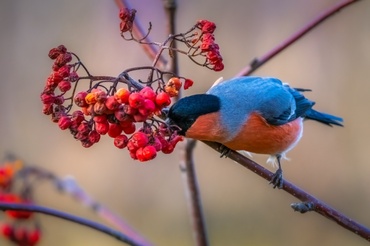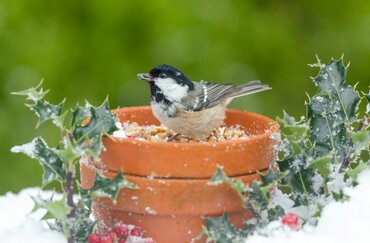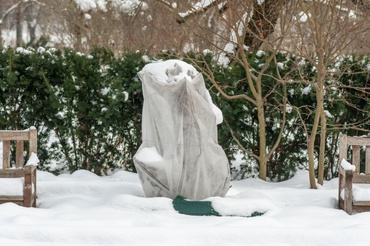How and when to mulch your garden
Mulching is one of the best things you can do for your soil. Regular mulching improves soil structure, increases nutrient levels and reduces the need to water. Healthy soils are also more resilient to weather extremes, draining better in wet weather and retaining moisture in droughts. Healthy soil makes a beautiful garden, and mulching your soil is one of the best things you can do for it. Mulching is a very easy process – just follow our guide.
Types of mulch
Mulches can be divided into two categories: biodegradable and non-biodegradable.
- Biodegradable mulches will gradually break down and be incorporated into the soil by earthworms and other soil organisms, adding nutrients and helping to improve soil structure. Examples of biodegradable mulches are spent mushroom compost, well-rotted farmyard manure, bark chippings, garden compost and leafmould.
- Non-biodegradable mulches include pebbles, gravel, slate and decorative mulches like seashells and tumbled glass. These won’t break down in the soil, so they don’t do anything to improve the structure, but they can help to suppress weeds and reduce water loss from the soil surface through evaporation.
What does mulch do?
Mulch serves several different purposes:
- It suppresses weeds by blocking out sunlight and preventing weed seeds from germinating.
- Biodegradable mulches break down in the soil and improve soil structure, helping heavy soils to drain better and light soils to retain moisture. They also release nutrients into the ground.
- A layer of mulch also reduces water loss from the surface of the soil through evaporation. Combined with improved soil structure, this means less need for water.
- Well-mulched soil has a loose, crumbly texture, making removing perennial weeds like dandelions and docks easier.
When to mulch
Mulching is usually done between autumn and spring. There are several benefits to doing it at this time of year:
- Applying a biodegradable mulch in autumn allows time for it to start being incorporated into the soil over winter, ready for spring planting.
- In autumn and winter, the soil is likely to be damp, and mulching will help to keep this moisture in the soil in the event of a dry spring.
- Many perennials will have been cut back in autumn, so there is space to mulch around them.
- It’s also a good idea to add a layer of mulch around new plants whenever you plant them.
How to mulch
Mulching involves spreading a thick layer (at least 5cm/2in) of mulch over the soil, keeping it away from woody trunks to avoid rotting. Mulch when the soil is moist, and don’t mulch on frozen soil. Clear the ground of any weeds before mulching.
Woody mulches like bark chippings break down more slowly than compost and manure, and they use up some of the nitrogen in the soil in this process, so they are best used around established shrubs and trees. Farmyard manure and garden composts are ideal for mulching around perennials and vegetable beds.
We have a great range of soil improvers and decorative mulches in our centre, so visit us to find the one that’s right for your garden. Our staff are always happy to help and advise!





